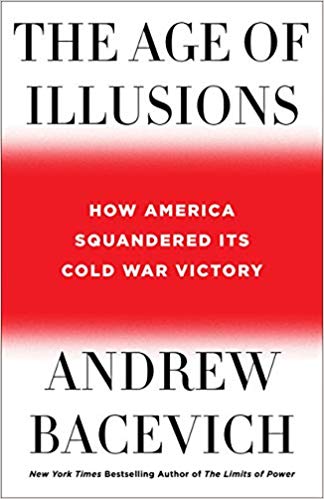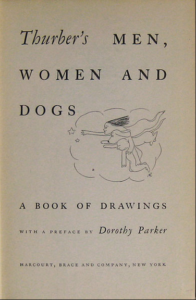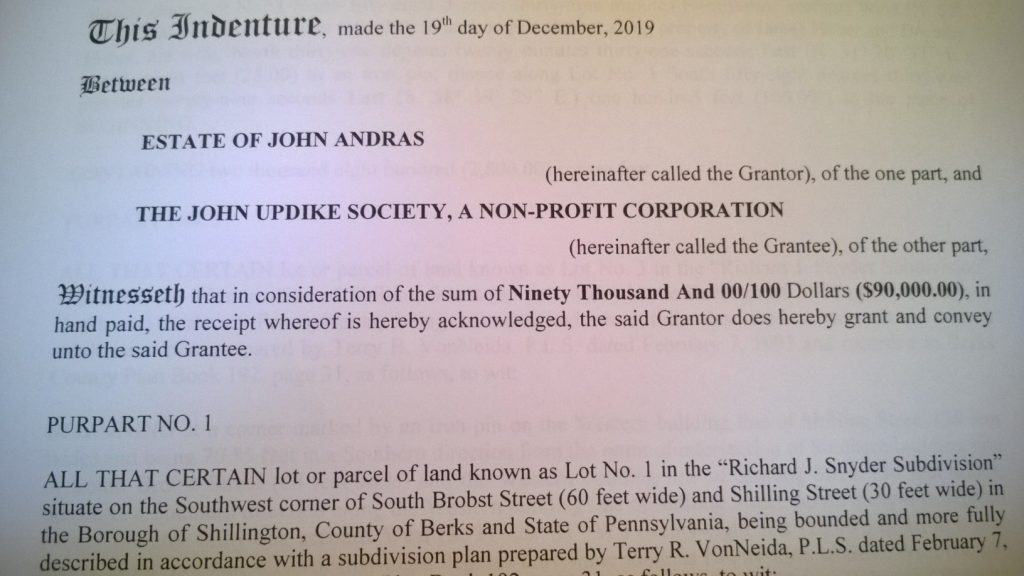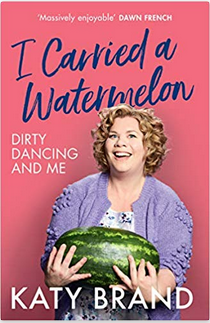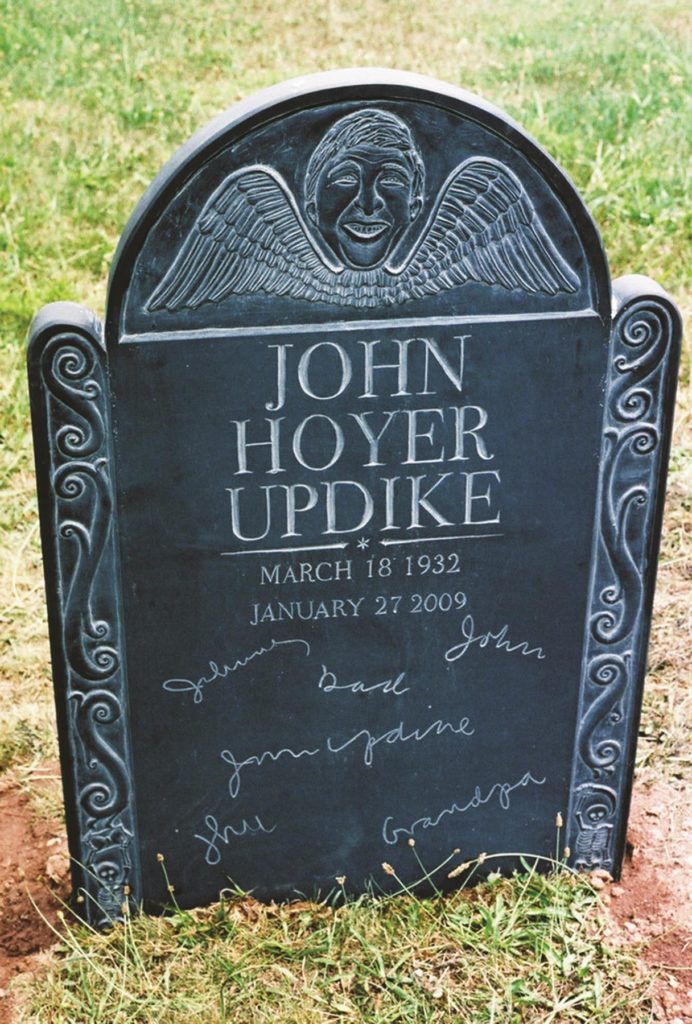That’s the charge Patricia Lockwood levels after she’s charged with reading and reviewing Novels, 1959-65: The Poorhouse Fair; Rabbit, Run; The Centaur; Of the Farm, by John Updike for the London Review of Books. And she skewers Updike with the kind of zest the likes of which haven’t been seen since David Foster Wallace (quoted here) used to pillory Updike (“a penis with a thesaurus”) and other “Great White Male Narcissists.” It’s almost as if she’s hoping one of her own derogatory turns-of-phrase will be likewise immortalized.
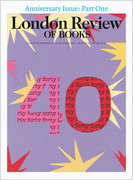 See “Malfunctioning Sex Robot” for an entertaining, fascinating, mostly negative but partly positive take on Updike from someone who approaches the two-time Pulitzer Prize winner as a dog walker stoops with a plastic bag to complete her civic obligation.
See “Malfunctioning Sex Robot” for an entertaining, fascinating, mostly negative but partly positive take on Updike from someone who approaches the two-time Pulitzer Prize winner as a dog walker stoops with a plastic bag to complete her civic obligation.
She confesses her bias openly, in the first paragraph: “I was hired as an assassin. You don’t bring in a 37-year-old woman to review John Updike in the year of our Lord 2019 unless you’re hoping to see blood on the ceiling.” She writes, “In a 1997 review for the New York Observer, the recently kinged David Foster Wallace diagnosed how far Updike had fallen in the esteem of a younger generation. ‘Penis with a thesaurus’ is the phrase that lives on. . . . Today, he has fallen even further, still, in the pantheon but marked by an embarrassed asterisk: DIED OF PUSSY-HOUNDING. No one can seem to agree on his surviving merits. He wrote like an angel, the consensus goes, except when he was writing like a malfunctioning sex robot attempting to administer cunnilingus to his typewriter. Offensive criticism of him is often reductive, while defensive criticism has a strong flavour of people-are-being-mean-to-my-dad. There’s so much of him, spread over so much time, that perhaps everyone has read a different John Updike. . . . The more I read of him the more there was, like a fable.”
“When he is in flight you are glad to be alive. When he comes down wrong—which is often—you feel the sickening turn of an ankle, a real nausea. All the flaws that will become fatal later are present in the beginning. He has a three-panel cartoonist’s sense of plot. The dialogue is a weakness: in terms of pitch, it’s half a step sharp, too nervily and jumpily tuned to the tics and italics and slang of the era. And yes, there are his women. Janice is a grotesquerie with a watery drink in one hand and a face full of television static; her emotional needs are presented as a gaping, hungry and above all unseemly hole, surrounded by well-described hair. He paints and paints them but the proportions are wrong. He is like a God who spends four hours on the shading on Eve’s upper lip, forgets to give her a clitoris, and then decides to rest on Tuesday. In the scene where Janice drunkenly drowns the baby, it wasn’t the character I felt pity for but Updike, fumbling so clumsily to get inside her that in the end it’s his hands that get slippery, drop the baby.”
Patricia Lockwood is a poet whose memoir, Priestdaddy, was named one of the 10 Best Books of 2017 by The New York Times. Her full review—in the London Review of Books Vol. 41 No. 19, 10 October 2019, the Anniversary Issue: Part One—isn’t just a hatchet job. It’s a thorough and thoughtful reconsideration of Updike then through the eyes of a woman now, and that’s fascinating. The #metoo movement has claimed a number of casualties, most of them deserved. But it has to leave today’s male writers wondering if any of them can ever be as completely honest as Updike was about sex and relations with women, or if that ship has sailed . . . and long ago sunk.
 “Your question makes me think about what it is to be cliched—if only because you might argue that love is the greatest and most necessary of cliches, and if you steer too far from the heart’s core in literature, romance sometimes retreats. . . .
“Your question makes me think about what it is to be cliched—if only because you might argue that love is the greatest and most necessary of cliches, and if you steer too far from the heart’s core in literature, romance sometimes retreats. . . .
